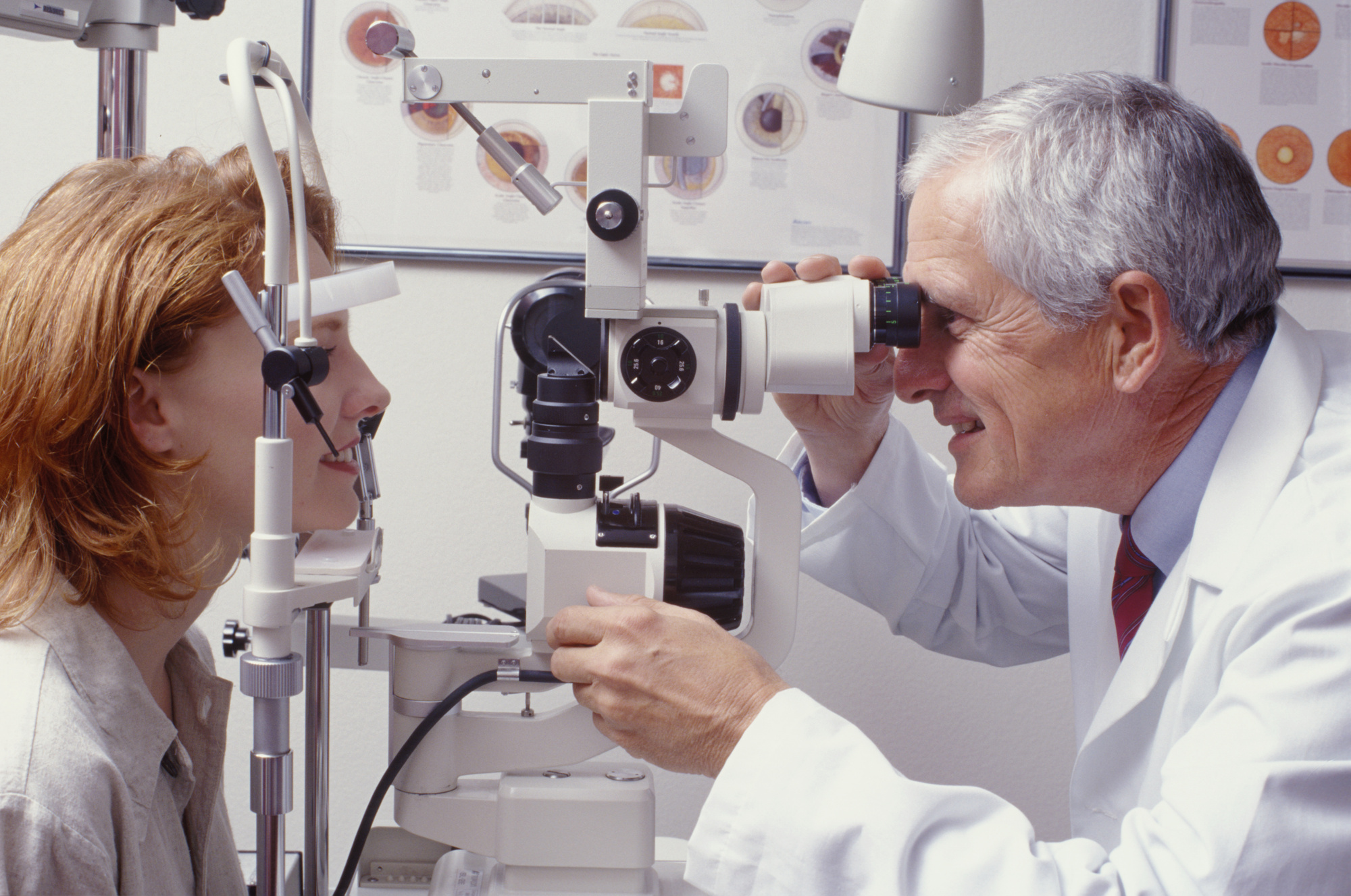A Quick Guide to the Most Common Eye-Problems

Did you know around 93 million adults in America have an increased risk for common eye-problems and vision loss? Yet, only half of that population had an eye exam within the past year. Risk factors, and even the symptoms of common eye diseases, can be unknown to you until your vision is affected.
How can you care for your eyes and lower your risk for eye conditions? Keep reading this eyecare guide for a list of the most common eye problems and how to recognize them.
Diabetic Retinopathy
Diabetic retinopathy is one of many complications that can arise in people with Type I or II diabetes. One form inhibits the growth of new blood vessels, causes them to leak, and makes the retina swell. It often causes no symptoms until blurry vision sets in.
The second form causes the new growth of blood vessels on the retina’s surface. These blood vessels are weak and can lead to the growth of scar tissue. As the abnormal vessel growth and scar tissue forms, the eye is damaged from the inside, and blindness may set it.
Regular eye checkups, having a handle on your blood glucose levels, quitting smoking, and eating healthy can help lower your risk of diabetic retinopathy.
Glaucoma
Glaucoma is a term referring to a range of eye diseases that affect the optic nerve. The most common reason for glaucoma is increased pressure in the eye that worsens with time. For this reason, it is a leading cause of vision loss in adults aged 60 and older.
Two of the most common forms are open-angle glaucoma and acute angle-closure glaucoma. The first often does not cause early symptoms. The latter may present with severe headache, nausea, vomiting, eye redness and pain, blurry vision, and halos around lights.
Vision loss is permanent so a routine eye exam is a necessary part of taking care of your eyes. It can be discovered early and treated accordingly.
Cataracts
Cataracts are a common condition, especially in older populations, that causes the lens of the eye to become foggy. When the lens is obscured in this way, the eye cannot focus light correctly, causing blurry vision or loss of sight. While cataracts are more common in the elderly, some conditions and factors can increase your risk, like:
- Corticosteroid use
- Diabetes
- Phenothiazine medications like prochlorperazine, perphenazine, and thioridazine
- Injury to the eye
- Upper body radiation therapy
- UV ray exposure for long periods of time (without sunglasses)
- Smoking
- High blood pressure
- Genetics
Blurry vision or loss of sight from cataracts is potentially reversible with surgical intervention.
Astigmatism
An average eye is a sphere: completely round. However, with astigmatism, the eye’s shape is more oblong and shaped like a football. This distortion of the lens or cornea causes visual problems such as:
- Farsightedness
- Nearsightedness
- Headache
- Eyestrain
- Night blindness
Astigmatism is easily diagnosed during an eye exam and correctable with eyeglasses or contact lenses.
These Are the Most Common Eye-Problems
We hope this eyecare guide on the most common eye-problems helps you. You may have risk factors for conditions like cataracts that you didn’t even know about. Don’t forget to schedule your routine eye exam then, check out the rest of our site for more informative posts!
